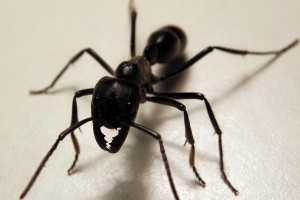Mongoose pups conceal their identity to stay alive
Infant mongooses rely on adults to escort them as they learn to forage. A new study from the University of Exeter reports that adult mongooses show no preference for their own offspring when choosing a pup to escort, and the authors suggest they may not be able to tell their own kin apart.

